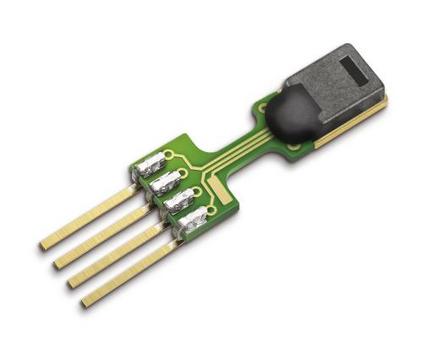Employing skin-like tactile sensors on robots enhances both the safety and usability of collaborative robots by adding the capability to detect human contact. Unfortunately, simple binary tactile sensors alone cannot determine the context of the human contact -- whether it is a deliberate interaction or an unintended collision that requires safety manoeuvres. Many published methods classify discrete interactions using more advanced tactile sensors or by analysing joint torques. Instead, we propose to augment the intention recognition capabilities of simple binary tactile sensors by adding a robot-mounted camera for human posture analysis. Different interaction characteristics, including touch location, human pose, and gaze direction, are used to train a supervised machine learning algorithm to classify whether a touch is intentional or not with an F1-score of 86%. We demonstrate that multimodal intention recognition is significantly more accurate than monomodal analyses with the collaborative robot Baxter. Furthermore, our method can also continuously monitor interactions that fluidly change between intentional or unintentional by gauging the user's attention through gaze. If a user stops paying attention mid-task, the proposed intention and attention recognition algorithm can activate safety features to prevent unsafe interactions. We also employ a feature reduction technique that reduces the number of inputs to five to achieve a more generalized low-dimensional classifier. This simplification both reduces the amount of training data required and improves real-world classification accuracy. It also renders the method potentially agnostic to the robot and touch sensor architectures while achieving a high degree of task adaptability.
翻译:简介:在机器人上运用类似于人皮的触觉传感器,可以增强机器人的安全性和可用性,因为它可以检测到人类接触。然而,光是简单的二元触觉传感器无法确定人类接触的情境——无论是刻意互动还是偶然碰撞都无法区分,这就需要一些更加先进的触觉传感器或者运用关节扭矩的分析来区分。本文提出了在人机交互过程中运用机器人上装置的摄像头和皮肤感应器分析不同的交互特征——包括触摸位置、人类姿势和注视方向——并利用有监督的机器学习算法来分类接触是否是刻意互动,F1分数为86%。我们通过在Baxter协作机器人上展示,多模态意向识别显著比单一模态的分析更加准确。此外,我们的方法可以同时监测在有意或无意之间连续发生变化的交互,通过注视来衡量用户的注意力,如果用户在任务中间停止注意,就可以激活安全功能,防止不安全的交互。同时,我们还使用了简化特征减小输入维数的方法,从而实现更加广泛的低维分类器。这种简化既减少了培训数据的需求,又提高了现实世界分类的准确性。它还可以同时适用于不同机器人和触觉传感器的架构,同时实现了高度适应性。


